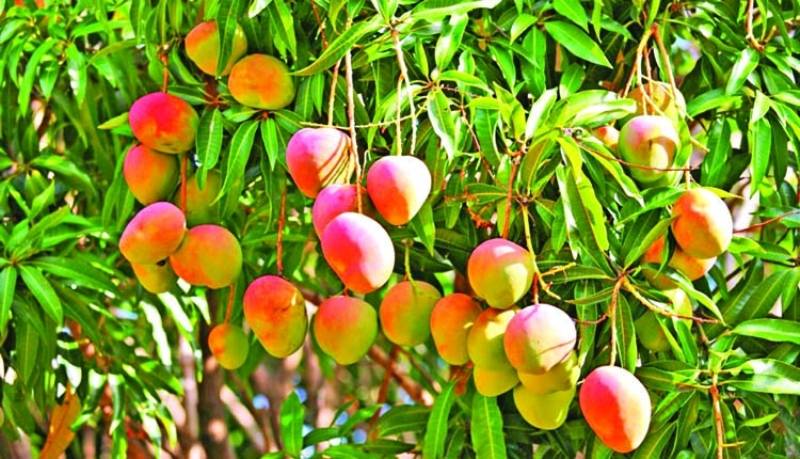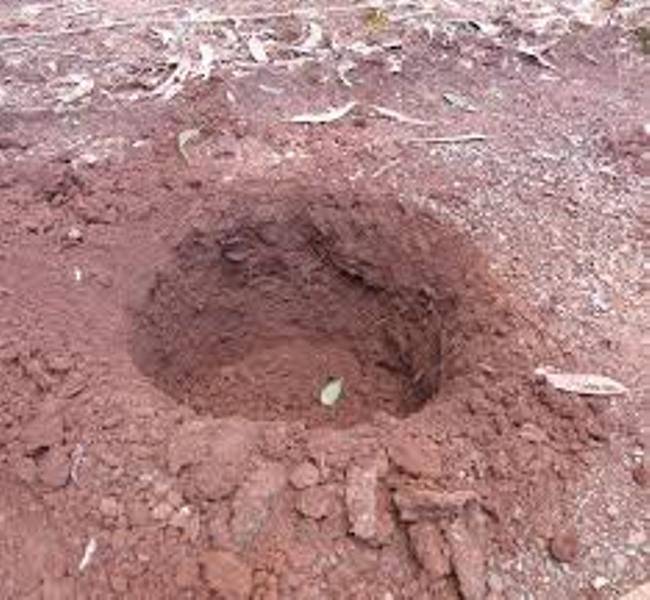
A delicious fruit having a wonderful flavor and charming fragrance is none other than mango that we are talking about. This king of fruit is loaded with high vitamin A and C and therefore, has the great market demand all the year around.
So, if you also want to start a new tree farming business then growing mango tree is a good idea. Mango trees are hardy in nature and need relatively low maintenance than other fruit tree farming. Here we will tell you more about advanced mango farming techniques, how to grow a mango tree.
Modern Mango Farming Techniques
Developed in South Asia about thousands of years ago, mangoes spread slowly to Asia and become popular in very short time. Interestingly, with advance mango farming techniques, one can change mango farming into most profitable fruit trees to grow. All you need to do is use the proper mango cultivation methods along with ultra-high density mango plantation in your mango farm.
Suitable Climatic Conditions to Start Mango Cultivation:
What is the Best Climate Condition for Mango Farming?
Mango trees are vigorous in nature and require less maintenance than other commercial fruit tree farming business. Hence, mango cultivation can be done anywhere, where there is not much humidity in the atmosphere along with good rainfall and dry atmosphere. But, at the time of flowering, low temperature is essential like winter or monsoon.

It is to be noted that, hot & temperate climatic conditions are the habitat of the mango tree. Temperature ranging between 24 to 30‘C is considered as the best suitable for mango cultivation for getting increased number of mangoes.
Proper Land Selection:
It is best advised to stay away from those areas where winds and cyclones keep coming. Mango is a large sized tree which can be destroyed by speedy winds or cyclone. At times, heavy winds break the branches badly.
Though, mango farming can be done over a wide range of soil, but it is best if mangoes are cultivated in the more salty, alkaline, rocky, and water-filled land. Follow this advice and get a profitable tree farming business.
Is frosting one of the common problems that your mango tree is facing? Then we will give you some useful tips to protect it.
Tips to protect Mango Tree from Frost:
Take care that mango trees are more sensitive to the cold atmosphere, usually in winter. A mango tree can survive up to some low temp. (around 10 ‘C). Therefore, avoid growing mangoes in such climatic conditions. But, if you have cultivated them in such conditions, then don’t forget to develop a warm atmosphere in your mango farm to prevent the damage of small branches and also the foliage.
How to plant mangoes?
Propagation Methods
For the purpose of commercial mango farming, mangoes are mainly propagated by the grafting method such as veneer grafting, epicotyl grafting, arching grafting etc. Though, good quality mango tree can be prepared in less time by the Vinier and Softwood Grafting.
It is advised to learn the complete grafting techniques and then follow it.
Mango Grafting Season
Planting mango must be done in the beginning of the rainy season. The risk of plant death is comparatively low in the rainy season. Rainwater helps the plant to fix faster.
But, the best time for planting mango plant is the month of July to August. Though, the best time for mango planting in the irrigation region is from the Feb. to March.
Spacing for Mango Farming
The spacing varies from 10 X 10 M to 13 X 13 M. In dry areas, the spacing should be 10 X 10 M due to less growth. But, in heavy rainfall area & fertile soil, the spacing should be 13 X 13 M due to higher physical growth.
If your soil is infertile, then it must be supplemented at the time of planting. First, prepare a suitable pit for this. Then, add about 25 kg of farmyard manure along with 3 kg of Super Phosphate and one kg of Potash.
The row spacing (about 10 m) along with tree spacing (around 5 m) is supposed to be the best mango tree plantation distance. By this, you can easily plant around 70 mango plants per acre, which is considered as average mango plantation per acre.
Adding to it, one can also go for ultra high-density mango plantation for more fruit production.
Irrigation in Mango Farming
Mango trees need less water than other commercial fruit tree farming like banana farming. Mango farm should be irrigated at an interval of two to three days, in the first year of your mango farming business. However, at the stage when they start to bear fruit about two irrigations are required.
You must give water to the fruits bearing plant at an interval of 10 - 15 days. Irrigation should be stopped after their full growth. Take proper care during the flowering stage. During this stage, stop giving them water. However, if irrigation does not stop, it may lead to bad quality mango fruit production.
Do you how much water does a mango tree need? Well, it all depends on the type of soil, on which you are growing along with the growth of your mango tree. Giving frequent water to mango tree, after the plantation, at the time of flowering and fruit bearing stage is the best possible way to get good quality mangoes.

Simple method to grow a mango tree:
Mango trees start fruit production in three years and form fruit quickly. First, choose a variety that is best suited for your zone. As we have mentioned above that, the plant can thrive in almost any soil but requires well-drained soil in a site and protection from cold. Then, position your tree where it will receive full sun for best fruit production. New mango tree planting must be done in late winter to early spring when the plant is not actively growing.
Third, prepare the site by digging a hole that is twice as wide and deep as the root ball. Check the drainage by filling the hole with water and watch that how fast it will drain. Plant the young tree with the graft scar at the soil surface. Don’t prune the young plant but watch for suckers from the graft and prune them off. Young mango tree requires frequent watering as the plant establishes.
How to grow mango trees from seed?
Mango trees grow easily from seed. First, get a fresh mango pit and slit the hard husk. Now, remove the seed inside and plant it in seed starter mix in a large pot. You must situate the seed with ¼-inch protruding above the soil surface when growing mango trees.
Must keep the soil evenly moist and place the pot where temperatures remain a minimum of 70 F. (21 C.). Sprouting can occur as early as eight to 14 days, but may take up to three weeks. Must keep in mind that new mango tree seedling will not produce fruit for at least six years.
















